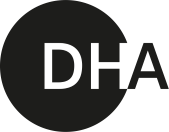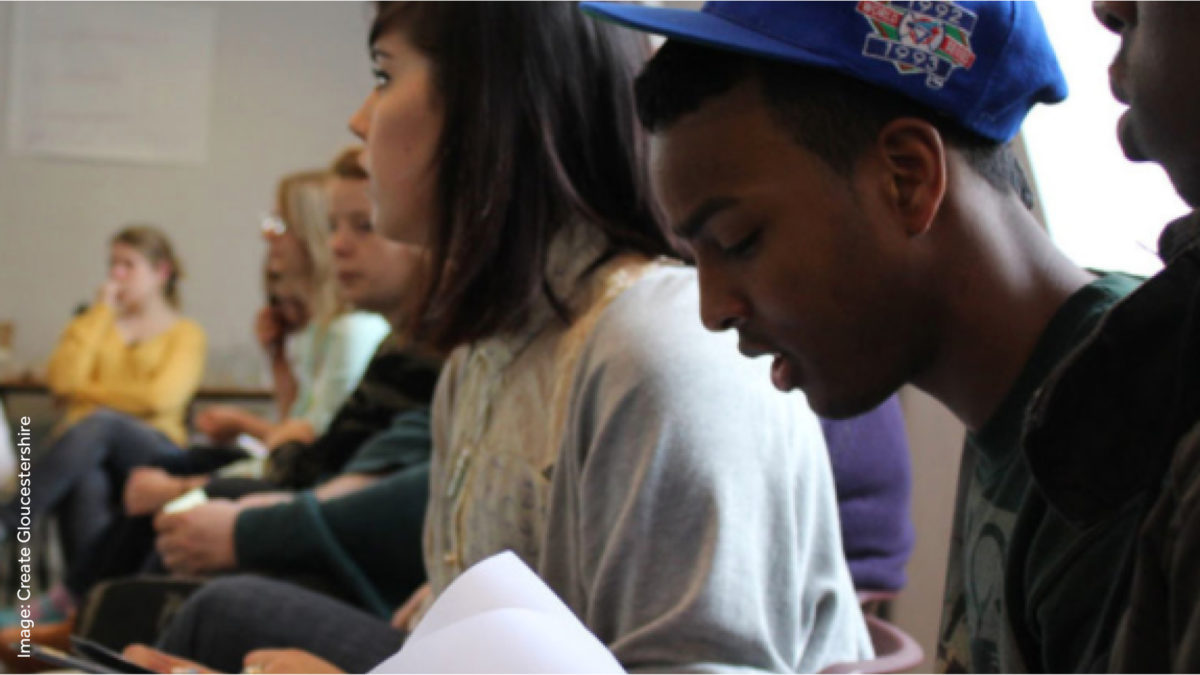Most of us working in communications may feel pressure and adrenaline when a deadline approaches. In my first months as Communications Assistant with DHA, I have come across some useful techniques and habits to help optimise use of resources, save valuable time and reach communication goals effectively – all while reducing the inevitable stress of a busy work environment.
Fluid communication
Keeping in touch is key for successful communication. It sounds obvious but it’s not something that every company or team is good at doing. The more time you spend with the people you work with, the more you will be aligned with their thoughts and way of working. Something as simple as weekly meetings can make a difference when understanding the client’s necessities. Adapting to their way of communication is very important too. For instance, do they prefer Google services or Microsoft? It’s always worth asking for preferences to avoid changes that could have been foreseen.
Boundaries, clear deliverables and timeline
Be very clear about what you are going to do and gaining a clear understanding of what clients want from us is important for delivering a successful and project to deadline. This can save lots of time and prevent misunderstandings.
Everyone involved
Having everyone on board, and keeping everyone in the team informed about things happening in other projects, is really a lifesaver. When someone has been absent for unexpected reasons, or even for planned leave, it means other members of the team are able to quickly pick things up and meet the client’s requirements.
Management tools
I didn’t realise how useful management tools were until I had to deal with lots of tasks, working simultaneously with other collaborators on the same project. A good management tool is very helpful for organising projects by topics or specific activities. In addition, everyone can see what other members of the team are working on. It’s good for keeping track of deliverables, being aware of deadlines and sharing all types of files without overloading your inbox.
Less is more
No-one has time for reading too many words or diving into extensive explanations. The less, the better. Shorter emails, messages, reports can help to deliver the message effectively and keeping the attention you require.
Ideas for improvements:
Shared calendar
I think having a visual representation of the deadlines in a calendar can help to understand the sense of urgency of the task required and see it in perspective with other deadlines. This calendar can be updated with key dates about events and deliverables, as well as materials needed from other members of the team or the client.
Consider the client’s motivation
It is not enough to simply know the message/s that the client wants you to deliver. You need to understand the purpose of that communication, what the client hopes to achieve by conveying this message. Is it just to inform? A call to action? A change of behaviour? In that way, the framing can be tailored to every specific need and audience.

